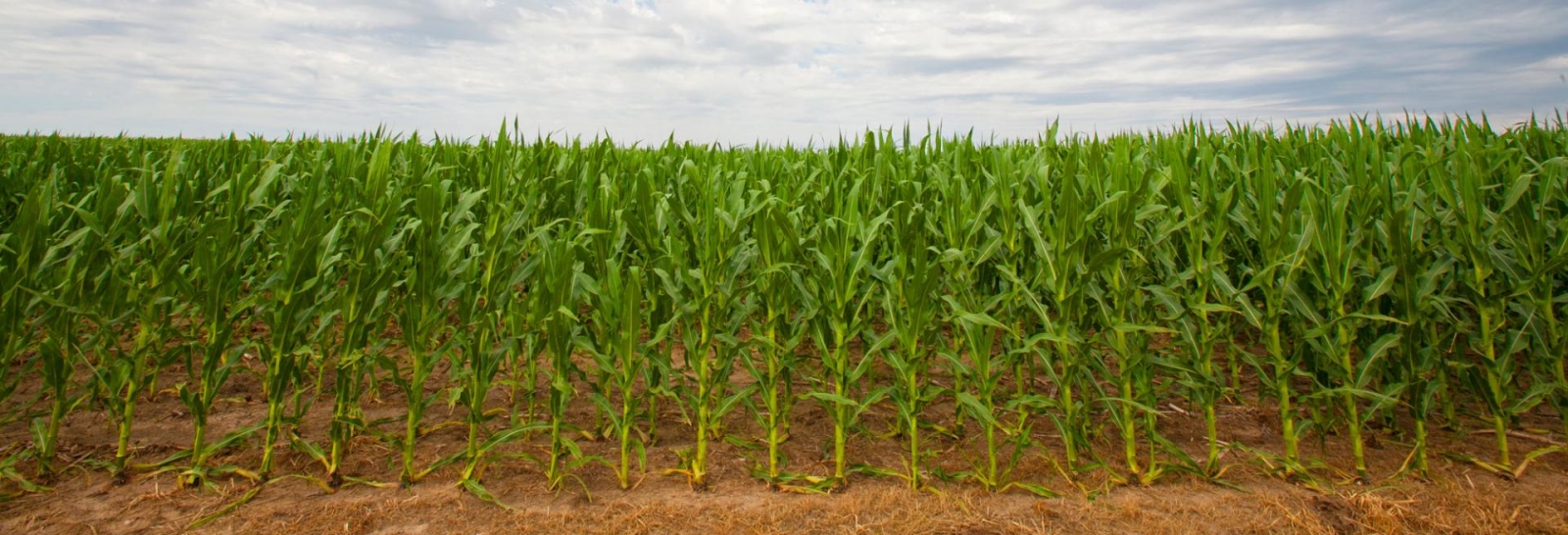Plant Pathology Welcomes a New Team Member
On April 1, 2017, Kyle Broderick became coordinator of the Plant and Pest Diagnostic Clinic after working as an extension technologist in a University of Nebraska soybean pathology lab for six years. His research focused on management of soybean cyst nematode using resistant varieties and seed treatments and conveying the information to the public through field days and demonstration sites. Additionally, he was involved in seedling disease surveys.
Kyle grew up on a small farm near Seward; though both of his parents were teachers, growing up around commercial agriculture helped foster a passion for plant sciences. He received his bachelor’s degree in plant protection sciences and his master’s degree in agronomy (plant pathology) from the University of Nebraska-Lincoln.
Knowing one’s enemy is the first step toward beating it. With plant pathology accurate diagnosis allows us to know what’s causing the disease and guides proper management. Kyle looks forward to working with industry professionals, growers, and the general public across the state of Nebraska to properly manage diseases in agronomic, horticultural, and landscape plants.
Services Provided
The P&PDC is set up to diagnose diseases caused by both living (fungi, bacteria nematodes, viruses) and non-living factors (environmental stress, nutrient deficiencies, etc.), identify insects, mites, or other arthropod pests, and identify unknown weeds. Herbicide injury is determined solely on a visual inspection and no chemical analysis performed. The clinic is not able to provide soil nutrient testing nor pesticide residue analysis.
Sample Fees
A basic diagnosis costs $15. If specialized tests are required, additional fees are assessed that typically range $10 to $40. (See Diagnostic Service Fees.)
Diplodia Leaf Streak
In 2017, Diplodia (Stenocarpella) leaf streak, caused by the fungus Stenocarpella macrospora (syn. Diplodia macrospora and S. zeae) was confirmed in samples from eastern Nebraska. This fungal disease has been previously identified in several other states in the U.S. The large tan lesions caused by Diplodia leaf streak may look similar to the large lesions of northern corn leaf blight or Goss’s bacterial wilt and blight. Because the fungus primarily survives in infested residue, the most effective management strategies in other states have been crop rotation and tillage as resistant hybrids are not available. More information will be presented and available in the Corn Disease Update.
New and Updated Product Labels for Disease Management
The Disease Management Section of the 2018 Guide for Weed, Disease, and Insect Management in Nebraska underwent a few changes this year. In addition to minor formatting changes, updated price estimates, and annual updates to the pesticide efficacy tables, several new products were added, as well as a couple of modes of action. New modes of action and products are listed below in Tables 1-4.
| FRAC Code | Code Number | Mode/Site of Action | Common Name/Chemical Group |
|---|---|---|---|
| Group 29 | C5 uncouplers of oxidative phosphorylation | Respiration | Fluazinam/2,6-dinitroanilines |
| Group 49 (previously Group U15) |
Oxysterol binding protein homologue inhibition (OSBPI) |
Lipid synthesis or transport/membrane integrity or function/F9 lipid homeostasis and transfer/storage |
Oxathiapiprolin/piperidinyl-thiazole-isoxazolines |
| Trade Name | Active Ingredient(s) | Fungicide Class | Change(s) Made |
|---|---|---|---|
| Delaro | Prothioconazole (16.0%) + Trifloxystrobin (13.7%) | Mixed Modes of Action (Groups 3 + 11) |
Added to Corn, Sugar Beet, table |
| Nexicor | Fluxapyroxad (2.81%) + Pyraclostrobin (18.76%) + Propiconazole (11.73%) |
Mixed Modes of Action (Groups 3 + 7 + 11) |
Added to Sorghum and Wheat tables |
| Topguard EQ | Azoxystrobin (25.3%) + Flutriafol (18.6%) |
Mixed Modes of Action (Groups 3 + 11) |
Added to Corn, Sorghum, Soybean, and Wheat tables |
| Trivapro | Azoxystrobin (10.5%) + Benzovindiflupyr (2.9%) + Propiconazole (11.9%) | Mixed Modes of Action (Groups 3 + 7+ 11) |
Added to Corn, Soybean, and Wheat tables |
| Trade Name | Active Ingredient(s) | Fungicide Class | Change(s) Made |
|---|---|---|---|
| Lumisena | Oxathiapiprolin (18.7%) | OSBPI Oxysterol binding protein homologue inhibition (Group 49) |
Added to Soybean table |
| Omega 500F | Fluazinam (40.0%) | 2,6-dinitro-anilines (Group 29) | Added to Soybean table |
| Trade Name | Active Ingredient(s) | Function | Registered Crops |
|---|---|---|---|
| Acceleron NemaStrike | Tioxazafen | Nematicide | Corn (field), Soybean |
| ILeVO1 | Fluopyram (48.4%) | Nematicide | Soybean |
| 1ILeVO was previously added to the table, “Soybean: Seed Treatment Fungicide Product Information” In: 2017 Guide for Weed, Disease, and Insect Management in Nebraska. | |||
